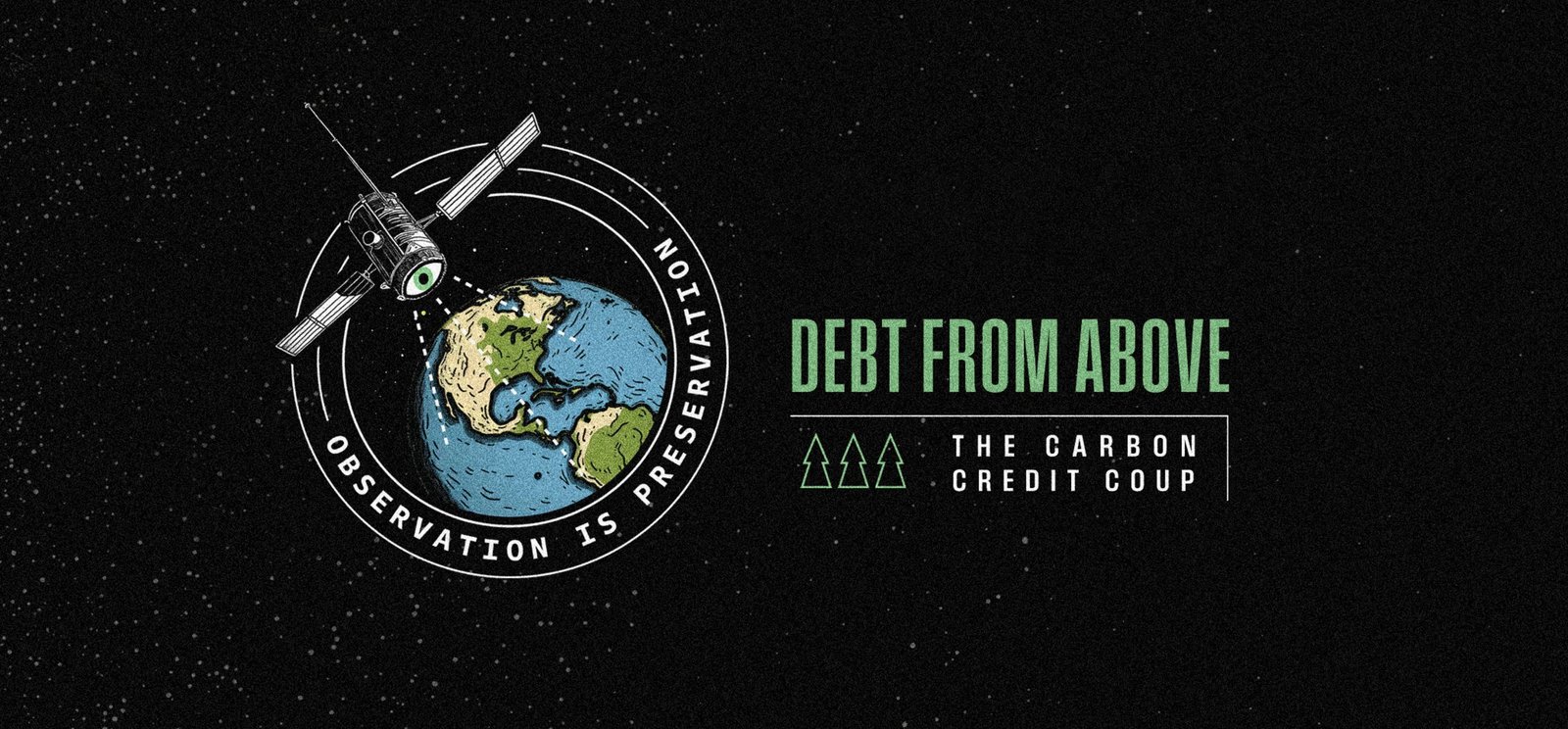Politicians, academics, celebrities, self-appointed activists, protesters, and green energy industry lobbyists recently gathered in Dubai at their annual Climate Crisis jamboree (COP28).
Their central belief,
from their computer models, is that human-generated global warming will lead to a rise in average global temperatures of two degrees Celsius, ‘2 C’ or even more frighteningly, as much as 3 C to 4 C by 2100. They claim this will cause widespread health, environmental, and economic devastation.
From this hypothesis
comes their solution: drastic reductions in so-called greenhouse gas emissions, principally carbon dioxide, ‘CO
2’, and rapidly so.
To their minds, this would require widespread adoption of their preferred solutions – ending fossil fuels in favour of wind and solar power; pervasive and intensive electrification of the world economy, including the mandated adoption of electric vehicles, ‘EVs’, and batteries, everywhere.
They insist that slashing CO
2 levels will not only benefit the world, but also the economy — as these new industries would provide jobs and other benefits.
The hard reality is that CO
2, is
a life-giving gas that is crucial for photosynthesis and thus the flourishing of all life on Earth. It is a
trace gas –
making up only .04% of our atmosphere. Most CO
2 comes from
natural sources like forest fires, volcanoes and ocean evaporation – not your SUV or natural gas furnace.
The human portion of this tiny amount is the equivalent
of 6 pennies in a jar of 10,000. Very awkwardly, CO
2 levels in the atmosphere
are uncorrelated with temperatures. It may look so in government computer models, but remember
those catastrophically wrong COVID-19 models that gave us devastating lockdowns and exploding debt and inflation?
Even if we assume that CO
2 is “pollution that is warming the planet”
their wild proposals’ math doesn’t work out.
Professor Richard Tol of the University of Sussex, United Kingdom, wrote in a special issue of
Climate Economics a sobering assessment
of the “bad deal” climate crusaders are trying to sell to the world, including Canada. He estimates their proposed climate policies’ costs to be 3.8 to 5.6% of GDP in 2100 compared to benefits of 2.8% to 3.2% of GDP – or excess costs of $900 billion to $1.98 trillion in today’s $90 trillion world economy.
The prohibitively large subsidies required fail the cost-benefit test. To summarize: Tol suggests that the whole Green Transition enterprise would lose money in vast amounts. His view
is not even the worst assessment of such radical disruptive policies.
Another expert who engages the “CO
2 is pollution” bubble and has done the math is Bjorn Lomborg, president of the
Copenhagen Consensus think tank and a Hoover Institution Senior Fellow.
He assesses MIT researchers’ studies of the costs of attaining Net Zero (no net GHG emissions) by 2050, in the same journal,
Climate Economics, and observes that these Paris policies would cost 8% to 18% of annual GDP by 2050 and 11% to 13% annually by 2100.
Averaged across the century, these promises would create benefits worth $4.5 trillion (in 2023 dollars) annually: “dramatically smaller than the $27 trillion annual cost that Paris promises would incur, as derived from averaging the three cost estimates from the two Climate Change Economics papers through 2100.”
To remove any doubt,
these forecast costs would exceed total global annual capital investment of all kinds, and would crowd out everything else, impoverishing all humanity. Expensive, destructive “solutions,” for a dubious, unproven catastrophe.
The Dubai COP28 flopped as all others have.
We need to stop the madness.









